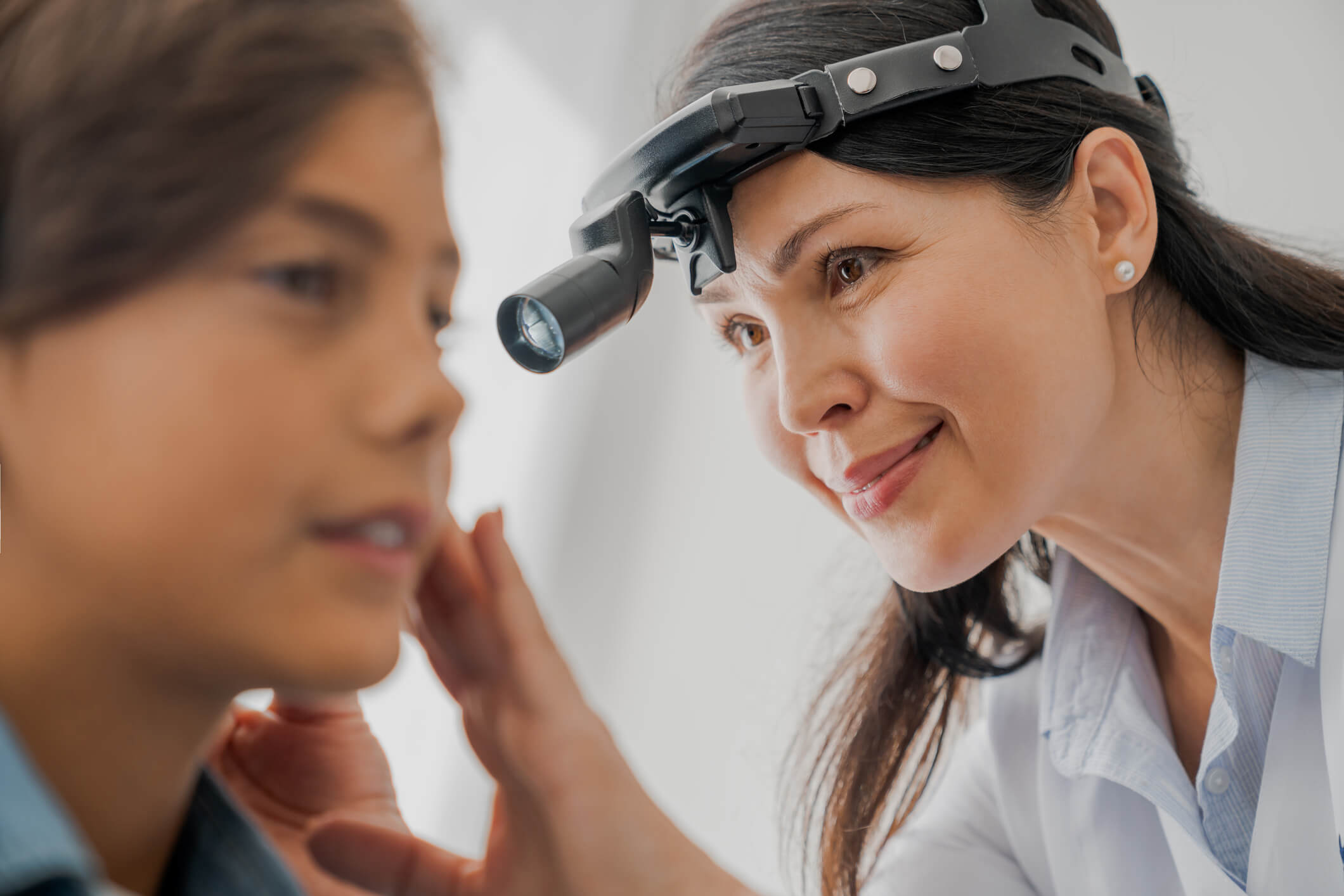
Hearing Testing in Carlsbad, CA
Hearing loss can be gradual and difficult to notice until it’s advanced. That’s why you should have your hearing screened once a year. Not only will this help uncover changes in your hearing early, it can also detect early signs of other health issues.
Who Should Get a Hearing Test?

What Will a Hearing Test Show?
What Happens During a Hearing Test?
Types of Hearing Tests
Audiometric Hearing Test
Do you hear sounds but have trouble understanding speech? This test measures how well you hear different tones and words. We’ll say commonly misunderstood words, and you’ll repeat them back. The results, shown as a percentage, help determine whether hearing aids can improve your hearing.
Tympanometry Hearing Test
This test checks your middle ear function by gently changing the ear pressure. A flexible eardrum and normal bone conduction suggest that hearing loss isn’t caused by infection, congestion, or blockages.
Otoacoustic Emission Testing (OAEs)
How to Read Your Hearing Test Results
Complimentary Hearing Treatment Consultations
Call today to schedule a consultation.
You don’t have to live with hearing loss. Call or Text Us